Hortus: Gardening in Winter
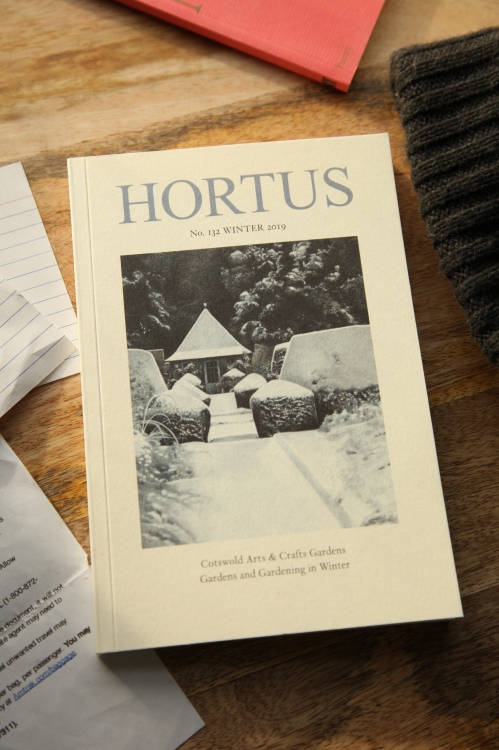
I was recently asked to contribute to the theme of ‘Winter Gardening’ for an issue of the quarterly gardening journal, Hortus. Lovely subject, of course, but particularly as it gave reason to reflect back on the Garden at Richmond, which now only exists in memory. I included the following extract, taken from the notebooks written while head gardener there, which were compiled for the publication ‘Ivy Cities’, some years ago:
‘I’m up on the shed roof again, sat beside the chimney I fitted two autumns ago. There’s warmth in the pipe from the last smouldering of this morning’s fire. I haven’t been up here to sit in quite a while, only climbing up on occasion to clean the flue of soot. The sun is low over the golf course to my right and the stark winter shine, at 11am, has only just reached across the roofline, casting a shadow of my figure right across to other side of the log pile. The logs are disintegrating a little more each day. Teeming underneath must be a great wealth of creatures, all working at the slow demise of the pile, chewing wood to mulch. Nettles and alkanet have rooted inside the composted crevices of the logs then spread on across the wild garden floor. A pair of squirrels chase through the sycamore above where long-tailed tits dart between branches and feed among the leafless twigs. A blue tit has already begun work on one of the nest boxes in an adjacent tree, excavating the remains of last year’s nest. In time each of the remaining boxes will be claimed, cleaned and renovated, ready for the spring clutch and the exhausting demands of incubation and parenthood.
Beyond the sycamores the pond is layered with a thin sheet of ice. Yellow iris and browned reedmace have begun to fold and collapse into the water, the latter’s seed long since carried up on the wind. Outside the wild garden, along the fence line, bare stems of ash, lilac and snowberry all merge in hue; a soft grey brown, dark at the tips, green in bud. Berries hang from the tops of last year’s shoots – bulging puVs of white, like little ping- pong balls. The beech tree at the back of the house stands in a pool of its own nut-brown leaves, a thick mulch returning to the soil. From here I can see the terrace beds, each cut to the ground, bare and simple. Rosettes of perennials remain however; the structural backbone of the long border still marked out by aconitum, echinops, knautia and veronicastrum. A nuthatch bobs its swooping flight over the top meadow and a blackbird flutters with less grace in the opposite direction. There are hips on the roses, hung like chandeliers from vertical stems that reach out from the tangled leaders tied flat to the house. I’ve worked hard at the climber beside the kitchen window, however it will soon require a second prune and some careful consideration. Mahonia is in flower along the walkway, less in number this winter following decimation under the fallen beech limb a couple of months ago. At the garden wall bordering the park, the walnut tree bark shines silver in the bright sunshine.’
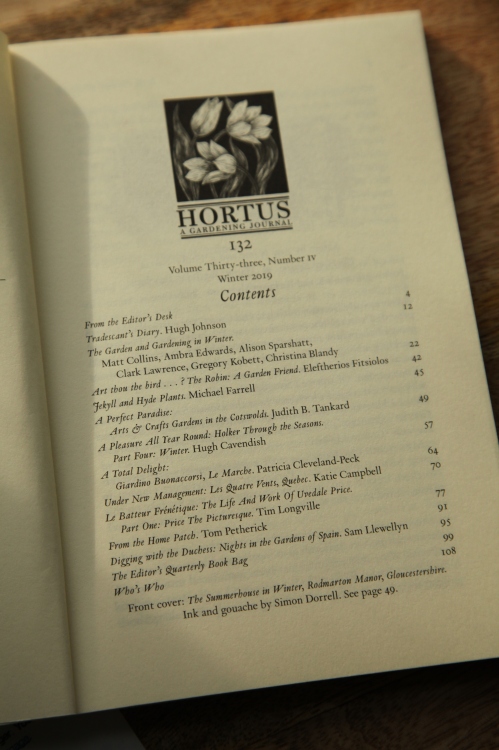
Hortus is a fantastic gardening journal, which I have written for on occasion over the last few years. More info here: HORTUS.
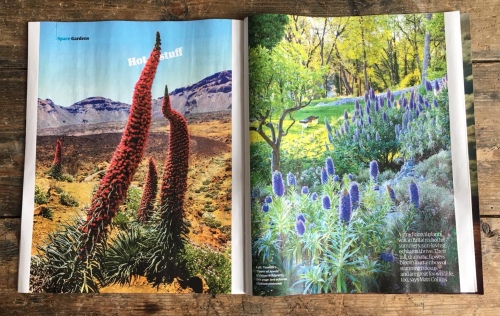
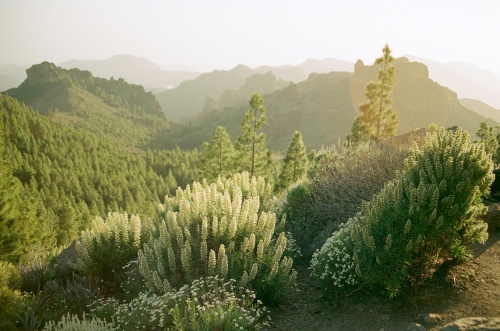
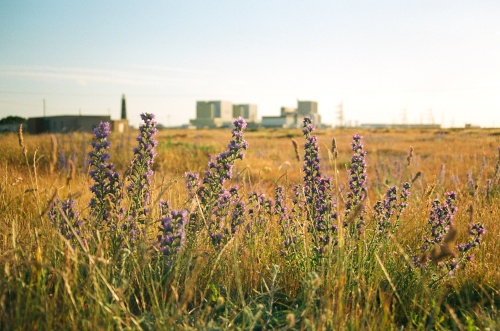
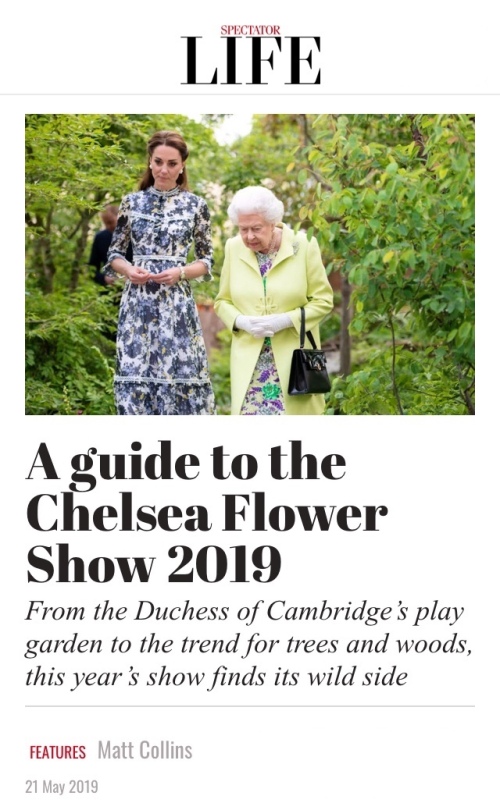
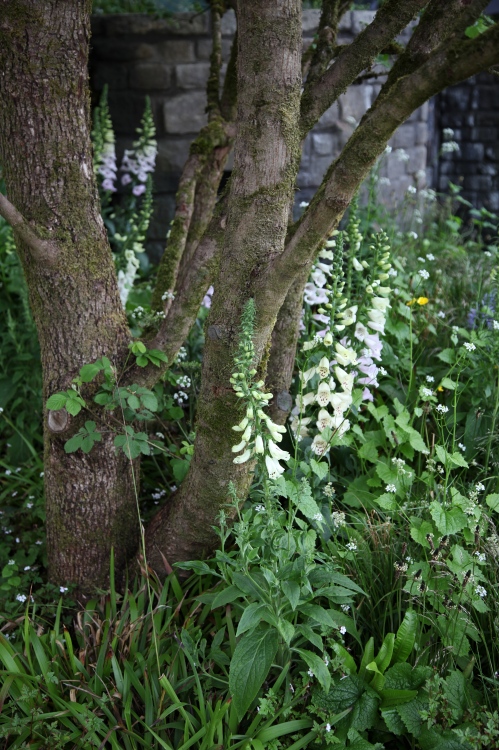
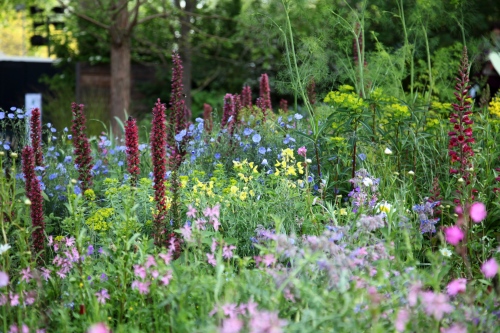
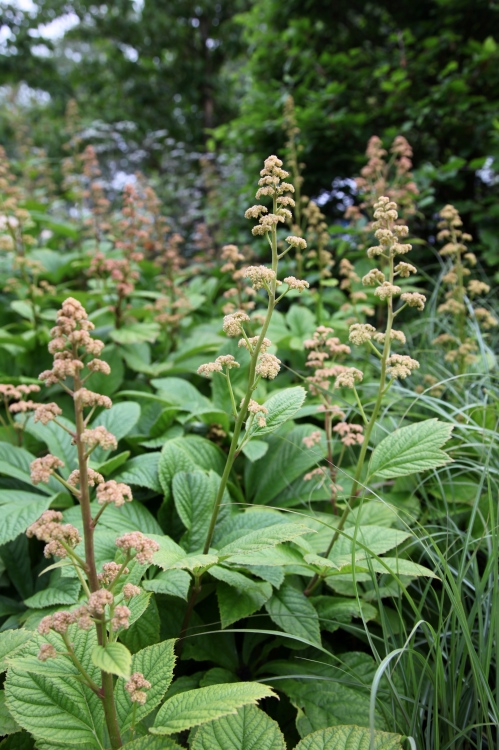
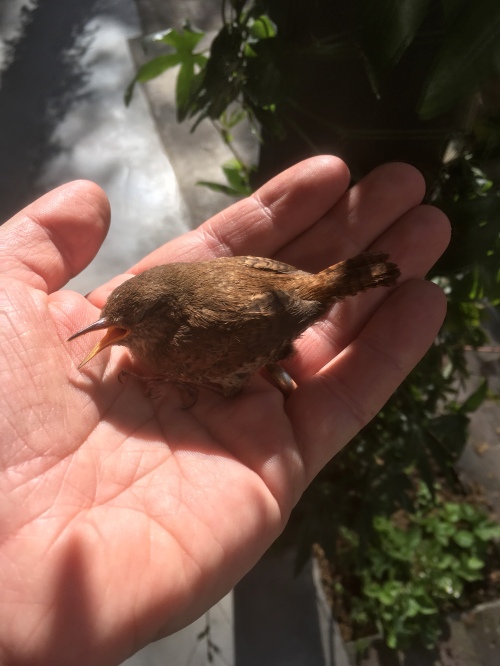
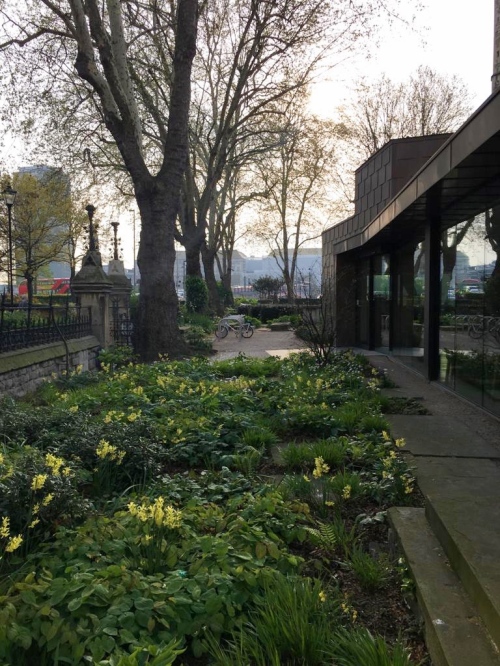
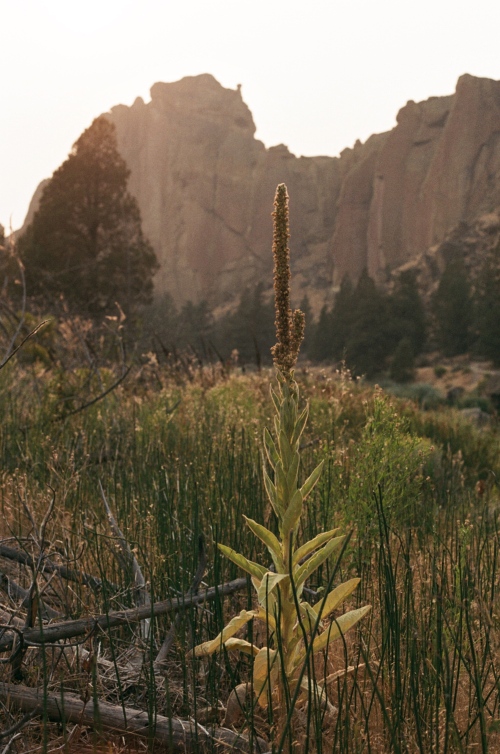
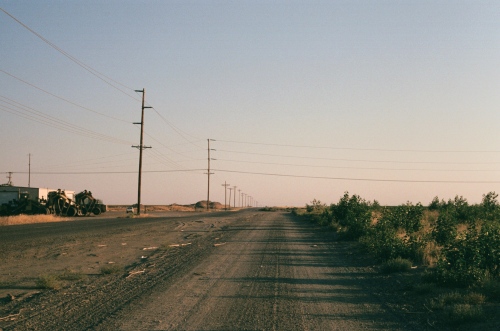
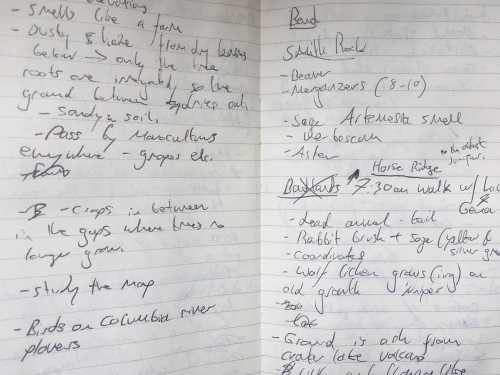
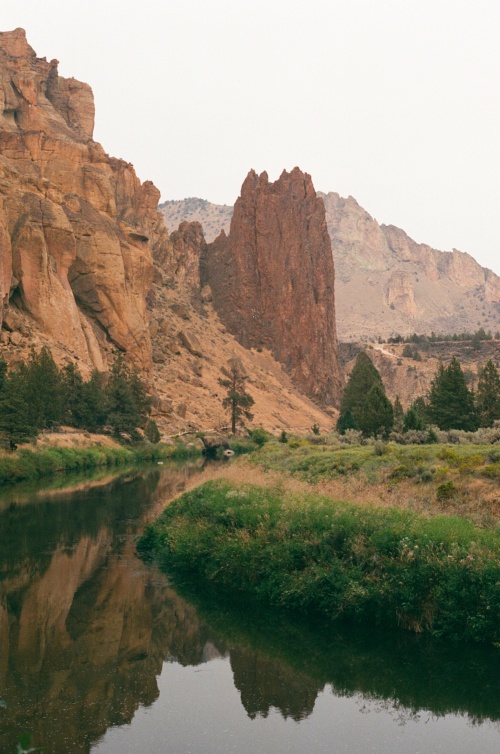
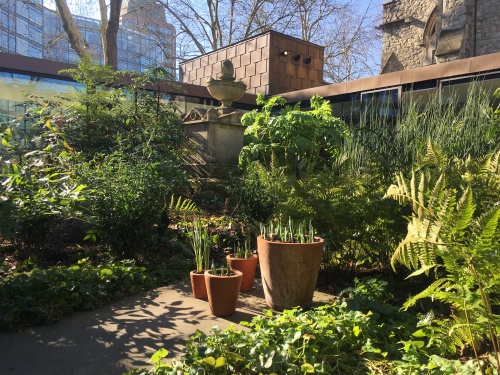

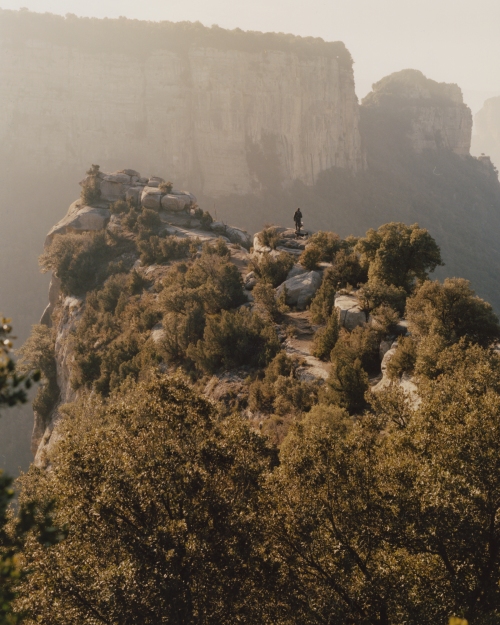
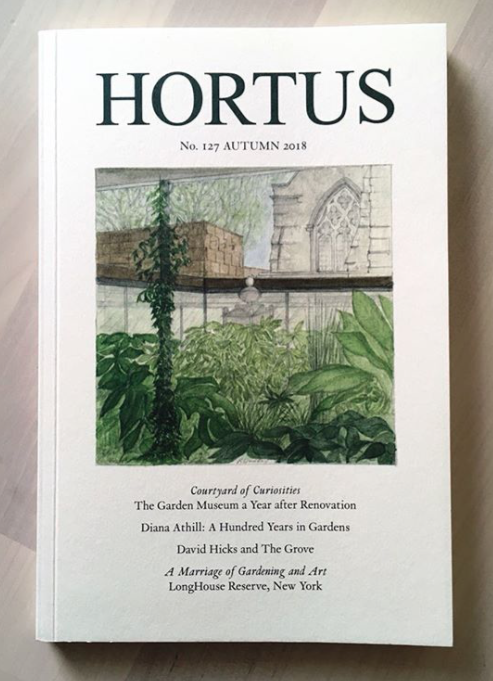
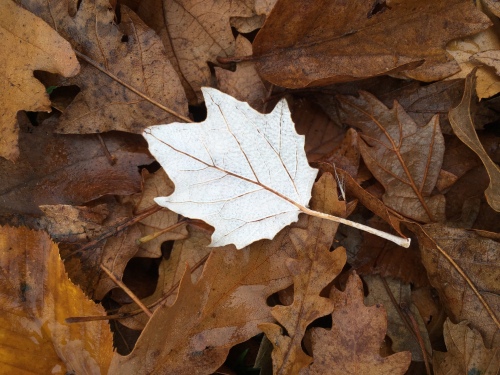 White poplar and its unilateral disregard for autumnal hype.
White poplar and its unilateral disregard for autumnal hype.